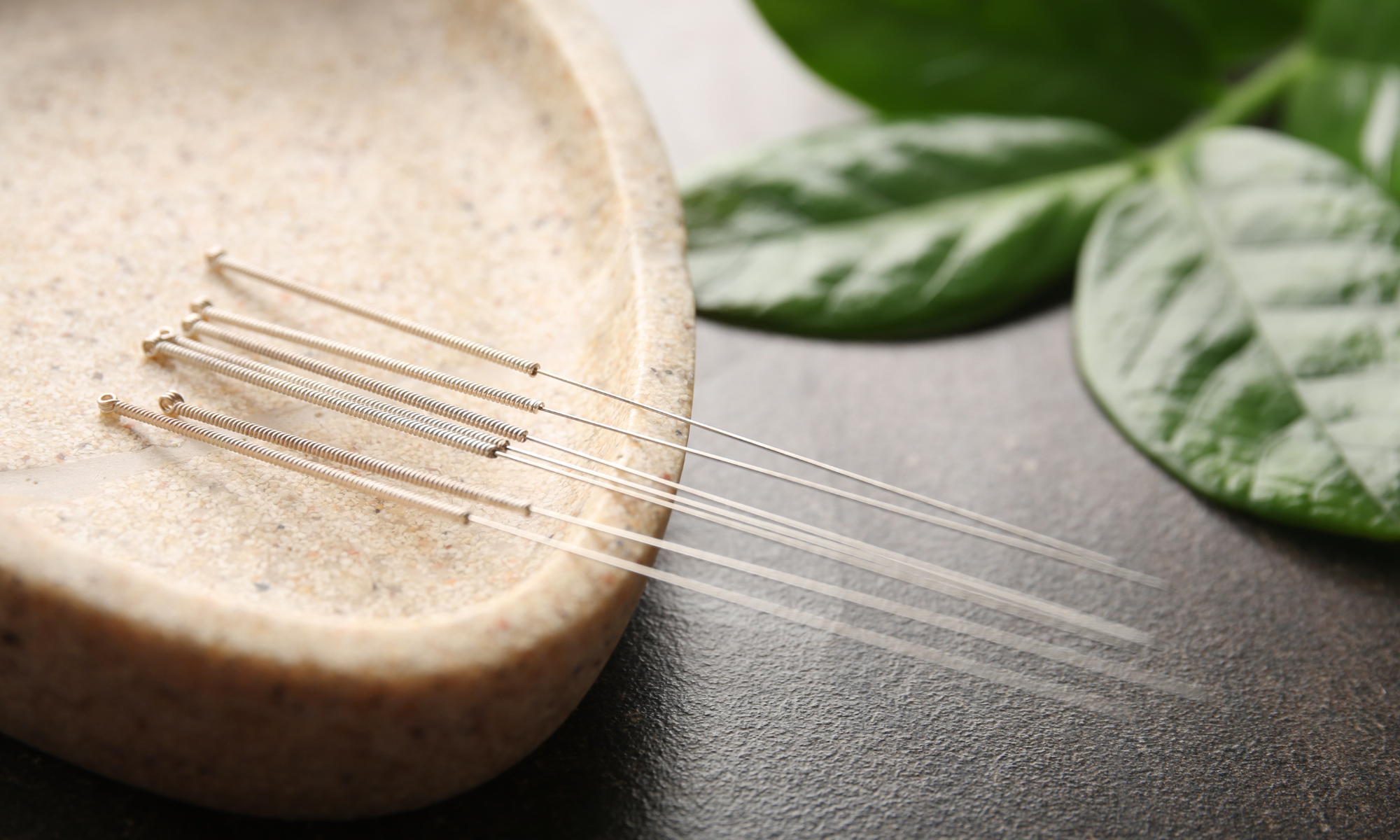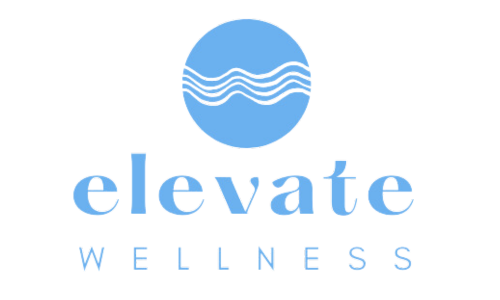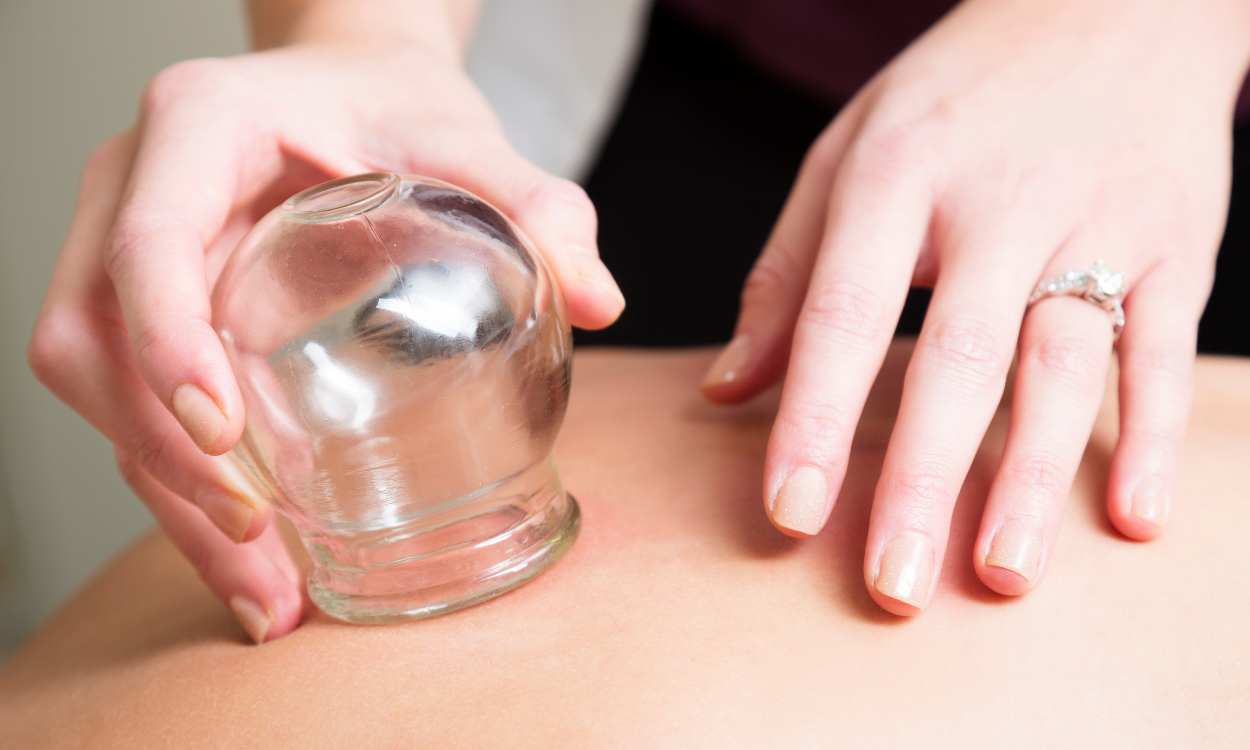
Acupuncture & Cupping
Acupuncture is a therapeutic method used to encourage natural healing, reduce or relieve pain, and improve function in affected areas of the body.
Acupuncture is often successfully used as an alternative to medication or even surgery. Relief may be obtained when traditional medical therapies have failed.
The process involves the insertion of very fine needles through the skin and tissues at specific points on the body. No substance is injected, and the treatment itself causes minimal discomfort. Endorphin levels are elevated, increasing circulation and initiating an immune response to target the cause of discomfort and pain.
Acupuncture is a holistic medical treatment that considers the whole body rather than just attempting to treat symptoms. Practitioners will take into account each patient’s health history in order to tailor the perfect regimen for them as an individual.
The WHO (World Health Organization) recommends acupuncture for over 100 conditions.
Common conditions treated with acupuncture are:
Chronic Illness
Anxiety
Infections/colds/flu
Digestive problems/eating disorders
Chronic fatigue/low energy
Gynecological complaints
Injuries
Infertility/prenatal care
Insomnia
Musculoskeletal pain/arthritis
Hormonal imbalances
Neurologic pain (sciatica, migraines, neuropathy)
Cupping Therapy
Cupping therapy has become a popular technique among professional athletes and even celebrities, but almost anyone can benefit from cupping. Cupping is a form of massage therapy that decompresses soft tissues using vacuum suction, unlike other forms of massage that compress soft tissues. The cup is placed on the skin and the oxygen within that cup is removed to create a vacuum effect. This suction increases the blood flow creating an influx of nutrients to the area. Think of it as the opposite of massage—instead of pressing down on the muscle, a light pressure pulls it up.
Cupping is very relaxing and generally not painful. It may cause temporary bruising, swelling, or soreness, depending on the person or amount of treatment done. The spots left behind typically fade after several days or a week. Mild soreness is to be expected from the buildup of lactic acid in the muscle tissue, but less soreness than a deep tissue massage
Cupping may ease the symptoms of the following:
Arthritis, including rheumatoid arthritis
Back pain, neck pain, knee pain, and shoulder pain
Breathing problems, such as asthma
Carpal tunnel syndrome
Gastrointestinal disorders, such as irritable bowel disease (IBD)
Headaches and migraines
High blood pressure (hypertension)
Cupping is not recommended for people with liver, kidney, or heart failure or those with a pacemaker. As well, it can’t be used if you have hemophilia, anemia, or similar blood disorders, heart disease, or are on blood thinners.


